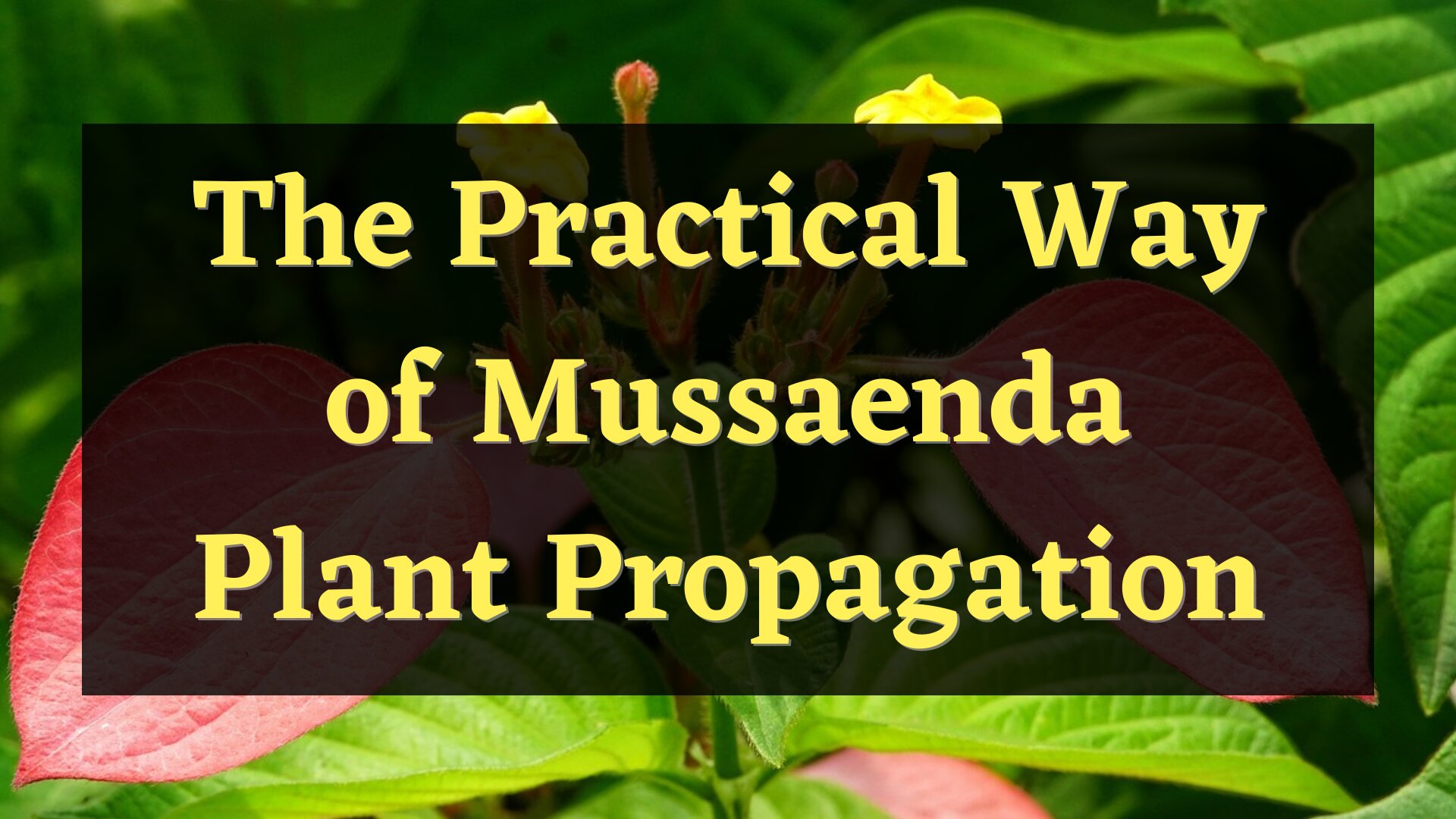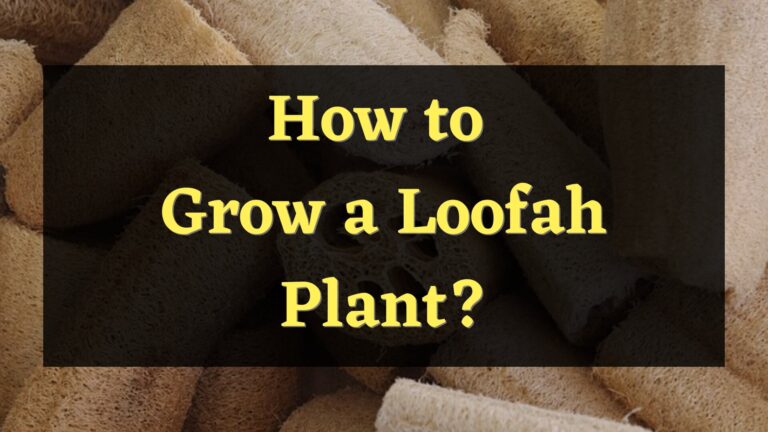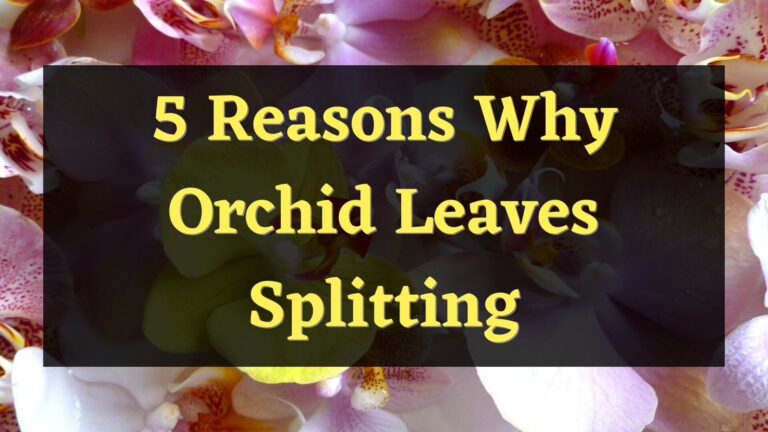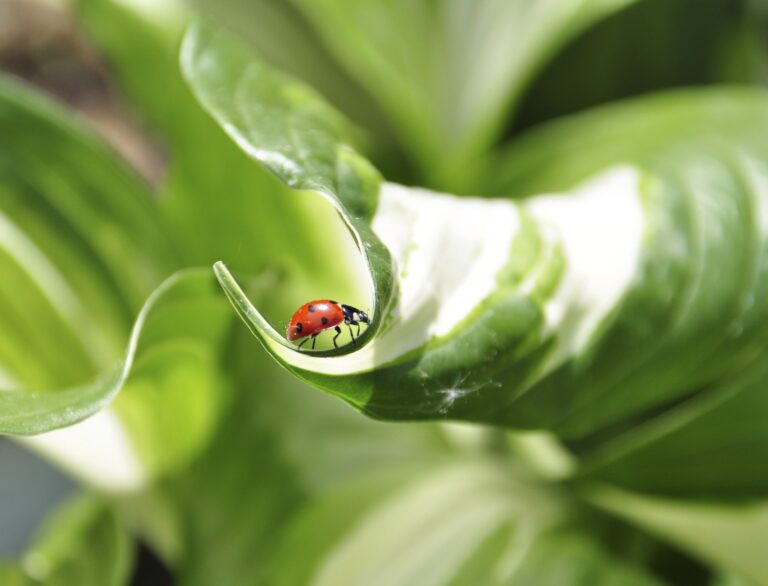The Mussaenda plant is one of the most sought-after tropical plants for its intense beauty which can be seen from its highly colorful flower that blooms in summer. In this post, I will teach you the steps for successful Mussaenda plant propagation. Mussaenda plant is commonly propagated using the division method. This method has a few steps that are very easy to follow. Additionally, I will provide you with basic information regarding the plant that you are about to propagate.
About Mussaenda Plant
Mussaenda Erythrophylla is a genus of flowering plants that is part of the Rubiaceae family. It is a very popular shrub noted for having numerous names, including Ashanti blood, red flag bush, and tropical dogwood. This plant is a West African shrub commonly found in the African and Asian tropics and subtropics. Several species of Mussaenda are mostly cultivated as ornamental plants.
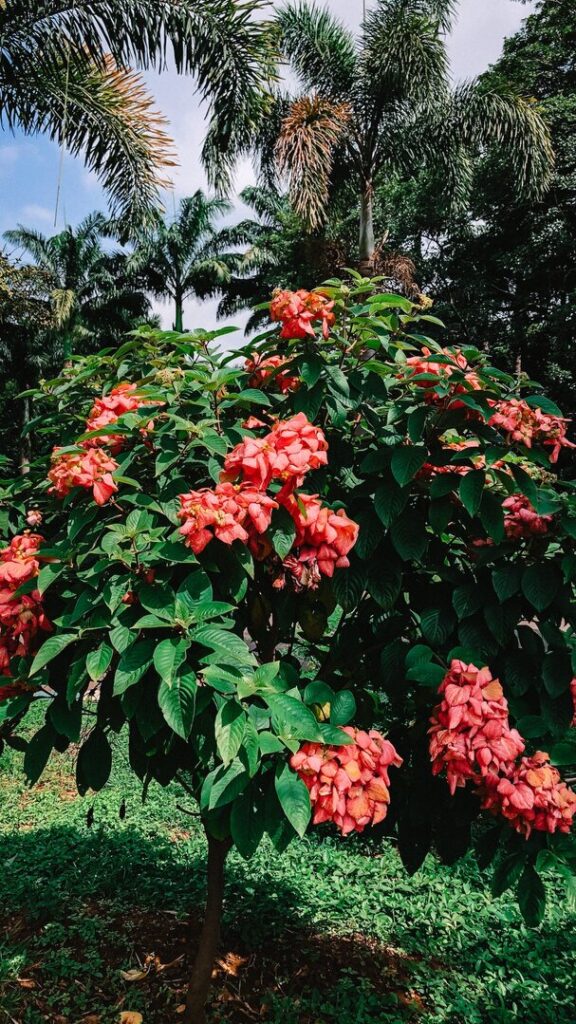
The use of this plant is not limited to decorations, this plant is also traditionally used as a medicinal plant. It was used as a treatment for many diseases such as skin infections, tuberculosis, ulcers, wounds, coughs, and bronchitis. Study shows that the Mussaenda has antimicrobial properties that are good against bacteria and fungus.
How to start propagating the Mussaenda plant
The Mussaenda plant propagation has a lot of ways. You can successfully grow an adult Mussaenda plant through its seeds, cuttings, or vegetative reproduction. However, among the three methods that are mentioned above, stem cutting is the simplest and most practical. This process is also cost-friendly because you won’t need other things except for a stem of an adult Mussaenda plant to start propagating one.
Propagating through stem cuttings
Preparation
Before planting a Mussaenda cutting, you must first prepare its planting location. Dig holes in your garden or pot that is wide and not that deep. Fill the soil with organic matter or compost. Take a shortcutting from a mature Mussaenda plant. Remove the leaves that are attached to the cutting’s base.
It is important to make sure to take your cutting from the base of the adult plant’s branch to ensure that the nodes are attached to the cutting. Your cutting won’t be able to properly grow its root system without the nodes.
Planting
Make sure to plant it in a way that it is leveled with the surrounding soil. Fill the gap around its base with organic soil or compost and give it a little dose of water to let the roots settle. Although not required, it is recommended to cover the area with leaves or bark mulch that is 2 inches thick in a way that it does not pile up in the plant’s stem or trunk. After covering the surrounding area of the cutting, water it again deeply.
Plant your cutting in a bright location that is not directly exposed to sunlight. It is also important to find a location that has high humidity to enhance the chance of success of the plant’s propagation.
Watering
A Mussaenda plant requires less watering than herbaceous plants. This shrub can go for weeks without watering except in extremely hot weather. If you are watering your Mussaendra plant with the use of a sprinkler or a hose, it should be done slowly and deeply to avoid any complications of the plant’s roots. Before giving additional water, let the top layer of the soil dry up first.
Make sure to water them thoroughly during prolonged sunny or windy days to prevent the plant from drying out. To keep the soil around the plant moist, water it briefly for about two or three times a week.
Fertilization
It is important to fertilize your Mussaenda plant during its growing season. This will help you enhance the speed of your plants’ growth. Fertilizing your Mussaenda plant also improves its productivity.
Sprinkle balanced and complete fertilizer granules around your Mussaenda plant during the plant’s growing season. You can choose between a water-soluble or granulated fertilizer for your young plant and help your plant reach its optimum growth.
Pruning
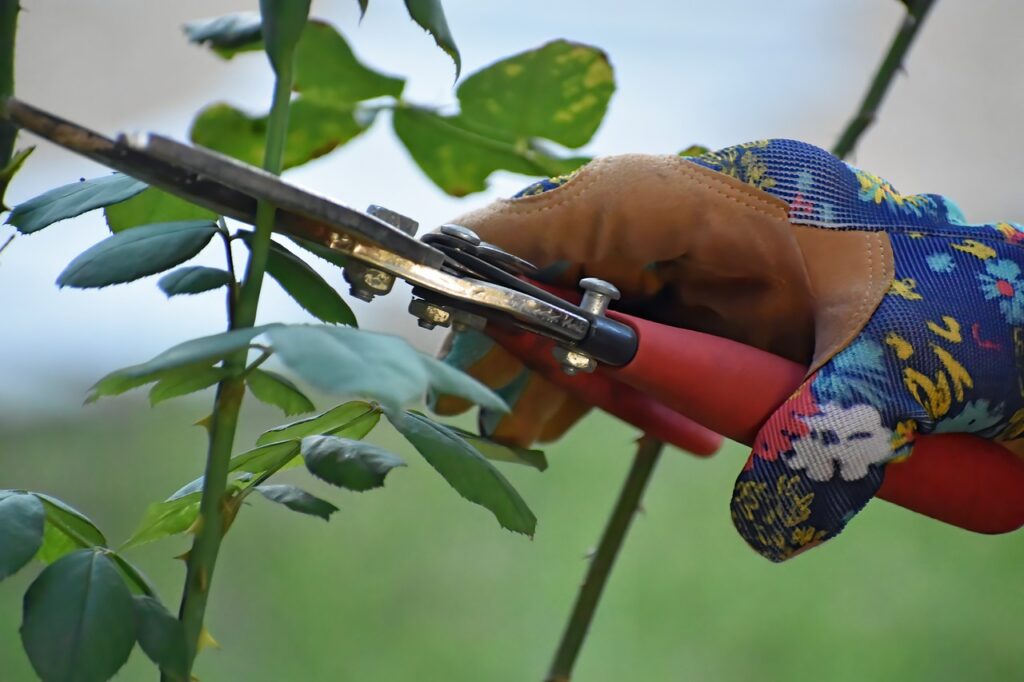
Pruning your Mussaenda plant is very important to control its size. It is also important to remove dead or diseased parts of the plant to encourage new growth in these said parts. Pruning is also advised so that you can use the cut-off branches for the propagation of a new Mussaenda plant.
When do you start propagating the Mussaenda plant?
The best time to prune your overgrown Mussaenda plant is in early to mid-spring. You can also choose to use the pruned parts of your adult Mussaenda plant to propagate a new Mussaenda plant. Because of this, the best time to start propagating a Mussaenda plant is in early to mid-spring when you start pruning them during the warmest months of the year.
Is the Mussaenda plant easy to grow?
Mussaenda plants are relatively simple to grow and have a rapid growth rate. This plant tends to be invasive in tropical climates. During this season, it is a lot easier to grow them because the propagation of Mussaenda plants tends on their own without human interference. The only difficult part of growing one is the constant pruning that is required once the plant reaches its maturity because Mussaenda plants tend to get very invasive when they mature.
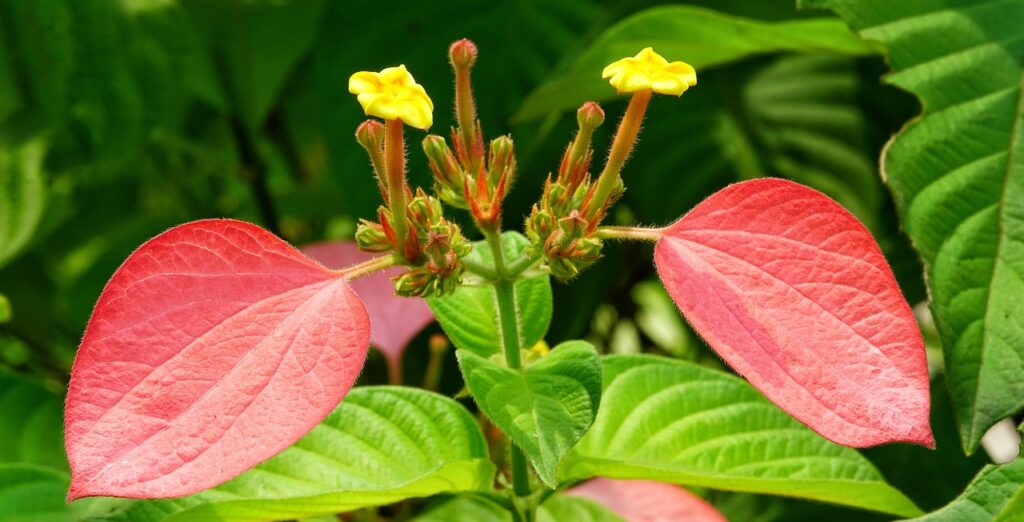
Conclusion
Mussaenda plants usually thrive best in organically enriched soils that are heavily mulched and regularly fertilized. When these plants are placed in an area that receives direct sunlight, they thrive the most. Although they can also tolerate an area that has partial shade. The Mussaenda plant is easy to grow and requires a lot less care. The plant can basically survive almost all on its own. It is a fast-growing perennial plant that is ultimately grown for the beautiful flowers that it produces. And although the Mussaenda plant is not very suitable for bonsai, it is also possible to grow them in pots.

Elizabeth Mcmillan is a passionate gardener with a strong interest in plants. She used to be a teacher, but Elizabeth has spent the last few years immersing herself in the world of plants, learning about their biology and cultural value and trying out different ways of growing them in her own garden. Elizabeth Mcmillan loves indoor plants, succulents, and cacti, and her friends and family know her as a plant care expert.

